Luka Lindič announces that he has with Ines Papert and Brette Harrington first climb a new mixed route at Mt. Fay (3234m) in Canada on April 2-3. After being lucky with the weather and snow conditions, they managed to find a line through the center of the wall. They named the route „The Sound of Silence“ (M8 WI5, 1100m) and dedicated the route to their friend Marc-Andre Leclerc, who had expressed a desire to name a route after the song of Simon and Garfunkel, before he was deadly in 2018 accident.
More by www.alpinist.com.
Luka Lindič: „The steep headwall above us became covered in clouds. It started snowing harder and harder. Ines and I joined Brette at the belay, and I took the remaining rack from Brette’s harness and started climbing without anyone saying a word. Silence was enough to communicate in those critical moments of our climb. I think that’s how it usually works in a good team.
I first stood below the mighty east face of Mt. Fay in early April 2016. I’d come to the Canadian Rockies to team up with Marc-Andre Leclerc. After warming up on the north face of Mt. Temple, he suggested we check out Mt. Fay. We approached the Consolation Lakes the day before we planned to start climbing, but we didn’t bring a tent. At night we were amazed by how comfortable we were. The next morning, we realized why: the snow around us didn’t freeze that night. It was a sign that it was way too warm for such a big east face. Before we ate our breakfast, the first avalanche came down the face, directly down the line that Barry Blanchard, Dave Cheesmond and Carl Tobin climbed in 1984. On that ascent, Barry was struck in the shoulder by falling debris during an avalanche, which left him in pain, and the trio ultimately spent three nights on the face—although they’d planned on only one night. They used up all their food and fuel before they were able to top out and descend without going to the summit. In 2016, Marc and I walked away without touching that wall, but the idea stayed in our heads. So did the picture of an avalanche running down the face.
When Ines and I packed for this year’s trip to the Canadian Rockies, we definitely had the east face of Mt. Fay in mind. But I knew well enough how tricky it is to have the right conditions align for such a climb. Last winter it was extremely cold in these mountains for a very long time. That usually doesn’t promise anything good on the big faces. But two weeks before flying to Canada, we got a very friendly message from Maarten Van Haeren saying that there might be some ice growing on Mt. Fay. The photos he sent shortly afterward confirmed it.
![Brette Harrington and Luka Lindic enjoy the first morning sun at the belay while Ines Papert leads a pitch in the middle of the wall. [Photo] Luka Lindic](http://www.alpinist.com/media/web19c/mt-fay-sound-of-silence-2.jpeg)
Brette Harrington and Luka Lindic enjoy the first morning sun at the belay while Ines Papert leads a pitch in the middle of the wall. [Photo] Luka Lindic
We arrived at the end of March and immediately approached the Valley of the Ten Peaks to check the conditions on some various north-facing walls. We thought there was still too much unconsolidated snow on Mt. Fay. On our second trip into the Valley we tried two of the north faces and got shut down for the same reason. There was simply too much useless and dangerous snow everywhere. We decided that we might explore some other areas, and we carried all our equipment out.
Back in Canmore we had good times with friends. It seemed that the Canadian Rockies were the hot spot this spring. The atmosphere was great, with everyone sharing stories and ideas as well as thoughts of what might be possible to climb during what seemed to be a very tricky season. After a few days of rest—which we spent mostly observing different weather models and looking at the guidebooks—we saw some good weather with a stable window arriving. Our friends Jon Walsh, Tom Livingstone, Quentin Lindfield Roberts and Peter Hoang climbed Gimme Shelter on Mt. Quadra during the last window and shared photos of Mt. Fay and how the conditions were developing. Those photos, and our previous two excursions into the area, encouraged us to try the east face in the coming days.
![Papert and Lindic at the bivy. [Photo] Brette Harrington](http://www.alpinist.com/media/web19c/mt-fay-sound-of-silence-5.jpg)
Papert and Lindic at the bivy. [Photo] Brette Harrington
Just a day before packing, Brette Harrington showed up in Canmore as well. We knew she was going to come at some point in the spring, and we wanted to do something together. We were not sure if such a face would be a good idea for a first climb together, but after a couple hours of catching up we all felt that it was worth a try.
We moved quite fast on the approach to Consolation Lakes thanks to the track established by our friends a few days earlier. We continued from the Consolation Lakes to the point where we could see the face and set up a camp. We spent the rest of the evening cooking and preparing for the next day while keeping an eye on the face. There were no spindrifts coming down, and it was quite cold. This was a very good sign, but we knew the situation could be different once the sun hit the face in the morning. Having this in mind we decided for a very early start in the dark hours of the night.
We were moving again after a few hours of sleep. Thanks to mostly good conditions, we quickly reached the snow ramp at the base of the wall where the original 1984 route starts, and we climbed to the end of the ramp unroped. At this point we entered into a main fall line of the avalanches and spindrifts, so we tied in and simulclimbed. A spindrift could have knocked us off balance, and we didn’t want to risk climbing unroped.
We soon reached the first steep section of ice, which we also climbed quickly. Then the rising sun hit the upper headwall and brought spindrifts as expected. Luckily I was already over the steep ice when it hit us—I built a belay at a sheltered place below a rock and belayed Ines and Brette as they climbed through the heavy spindrift. They showed up at the belay covered in snow but with smiles on their faces.
It turned out that we reached that point just in time. Leading through that section would’ve been impossible under the pouring snow. This gave us additional energy to continue.
The terrain became less steep and we started simulclimbing again. We were actually gaining speed until Ines slipped. Fortunately that didn’t happen too far from an ice screw, but it reminded us to take care.
At the big snow bowl in the middle of the wall, where the 1984 route traversed right, we needed to deal with some very deep snow for the first time on the route. Fighting my way up, I realized I would run out of rope before reaching any rocks to place protection. I didn’t want the three of us to simulclimb in such terrain. I was tied into both ropes, so I untied from one rope and shouted down to Ines and Brette to tie the ropes together so that I could continue higher. After a long struggle to find some features, I was able to build a belay below a very steep step.
![Lindic attempts to climb a column of steep snow in search of access to the headwall. [Photo] Courtesy of Ines Papert, Luka Lindic and Brette Harrington](http://www.alpinist.com/media/web19c/mt-fay-sound-of-silence-3.jpeg)
Lindic attempts to climb a column of snow in search of access to the headwall. [Photo] Courtesy of Ines Papert, Luka Lindic and Brette Harrington
The stripe of ice and snow that looked so promising from the valley turned out to be horrible. When Ines and Brette joined me, I decided to try to climb it anyway because it looked like the only way to reach the headwall. However, it didn’t take long to realize that I had no chance to make it up the vertical to slightly overhanging snow, which just wouldn’t hold anything. After traversing left and right, searching for a route, I spotted a very steep crack system that appeared to be our only option. It looked very hard and it was impossible to say if it would work out, especially with our light alpine rack that consisted of one set of cams, nuts and a few pitons.
We all agreed to give it a try before bailing. I started climbing through the roof with a mix of free and aid, cleaning loose rock and snow on the way. Once over the roof I had the feeling that we were on the right way. As I built a belay I started thinking how incredible it would be to free climb the pitch. Ines knows me well and she sensed what I was thinking before I said anything.
I spent a few minutes alone at the belay deciding what to do. Seeing the whole headwall that was still above us made me feel small, and I wanted to escape as soon as possible. On the other hand, I knew I might regret not trying to free climb the roof below me. Ines hollered encouraging words from below that made up my mind. „Fuck it! It’s now or never!“ I said.
They lowered me down, I pulled the ropes, and after a moment of rest I freed the pitch at M8.
![Lindic free climbing the crux roof. [Photo] Courtesy of Ines Papert, Luka Lindic and Brette Harrington](http://www.alpinist.com/media/web19c/mt-fay-sound-of-silence-4.jpeg) Lindic free climbing the crux roof. [Photo] Courtesy of Ines Papert, Luka Lindic and Brette Harrington
Lindic free climbing the crux roof. [Photo] Courtesy of Ines Papert, Luka Lindic and Brette Harrington
Another hard pitch brought us to terrain that was a bit easier, following dihedrals and snow ramps. The snow eventually became horrible and scary. After a very long pitch of digging and climbing, we reached a spot that seemed like the only reasonable place to spend the night. We ate a Spartan dinner and went to sleep with the hope of waking up with the warm rays of the morning sun. Unfortunately we woke up to a cold and cloudy day.
![Lindic, Harrington and Papert having breakfast on the wall. [Photo] Ines Papert](http://www.alpinist.com/media/web19c/mt-fay-sound-of-silence-6.jpg)
Lindic, Harrington and Papert having breakfast on the wall. [Photo] Ines Papert
The exposed place and the feeling of it made us pack quickly. We made our way towards the edge of the wall. This seemed only a few pitches away when Brette started leading from our bivy spot. She led two pitches and then Ines led another two. The terrain got steeper again, the rock very loose, and it was really difficult to find a promising route.
We didn’t talk much in the next hours. We worked well as a team, everyone did what he or she could do best to get us out of our situation. Soon a snowstorm hit us and made everything even more intense.
After what felt like forever, we finally found ourselves about 30 meters from the top of the face. We could see that we needed to climb only one more pitch. We were so close but at the same time still so far away: hanging cornices guarded the way onto the other side of the mountain.
![Harrington leads off the bivy. [Photo] Courtesy of Ines Papert, Luka Lindic and Brette Harrington](http://www.alpinist.com/media/web19c/mt-fay-sound-of-silence-7.jpg)
Harrington leads off the bivy. [Photo] Courtesy of Ines Papert, Luka Lindic and Brette Harrington
![Harrington on lead. [Photo] Courtesy of Ines Papert, Luka Lindic and Brette Harrington](http://www.alpinist.com/media/web19c/mt-fay-sound-of-silence-8.jpg)
Harrington on lead. [Photo] Courtesy of Ines Papert, Luka Lindic and Brette Harrington
The last 10 meters proved to be a lot steeper than we expected, but we were presented with superb drytooling on overhanging rock. There were just enough features on the wall next to the cornice that we were able to avoid digging through it. I pulled the last moves and rolled over the edge onto a very windy ridge and started screaming from happiness. Ines and Brette joined me in the fading light and we screamed together. It was a short but very intense time at the top.
![The trio on top of the wall in fading daylight. [Photo] Courtesy of Ines Papert, Luka Lindic and Brette Harrington](http://www.alpinist.com/media/web19c/mt-fay-sound-of-silence-9.jpg)
The trio on top of the wall in fading daylight. [Photo] Courtesy of Ines Papert, Luka Lindic and Brette Harrington
We downclimbed to the big plateau on the other side of the mountain and started navigating towards Neil Colgan Hut through intense snowfall and fog. We never would have found the hut without a GPS. We were so tired that it felt like an eternity before we finally reached the shelter.
As relief and fatigue set in, I felt very proud of our climb and our style; and as I fell asleep I felt happy that Brette, Marc’s girlfriend, had joined us. During the ascent I could almost hear him talking to me. In the moments when we were totally silent because it was so serious, I could hear him saying, „Hey dude, thanks for taking Little B on this climb.“
![Lindic and Papert using a GPS to find the hut. [Photo] Brette Harrington](http://www.alpinist.com/media/web19c/mt-fay-sound-of-silence-10.jpeg)
Lindic and Papert using a GPS to find the hut. [Photo] Brette Harrington
We named the route The Sound of Silence in his memory. Brette told us he wanted to name a route after the Simon and Garfunkel song, but unfortunately he passed away too soon.
Gear: Set of cams up to 3 inches, set of nuts, set of micro nuts, six pitons, nine ice screws
Beta: The first part follows the 1984 route, climbing three steeper ice steps with lower-angle snow in between. We continued straight up where the 1984 team escaped to the right. The headwall offered very steep and demanding mixed climbing on very loose and hard-to-protect rock. One bivy is probably mandatory. A cloudy day or starting at night is recommended to avoid getting in trouble with huge spindrifts and avalanches.
(c) Luka Lindič

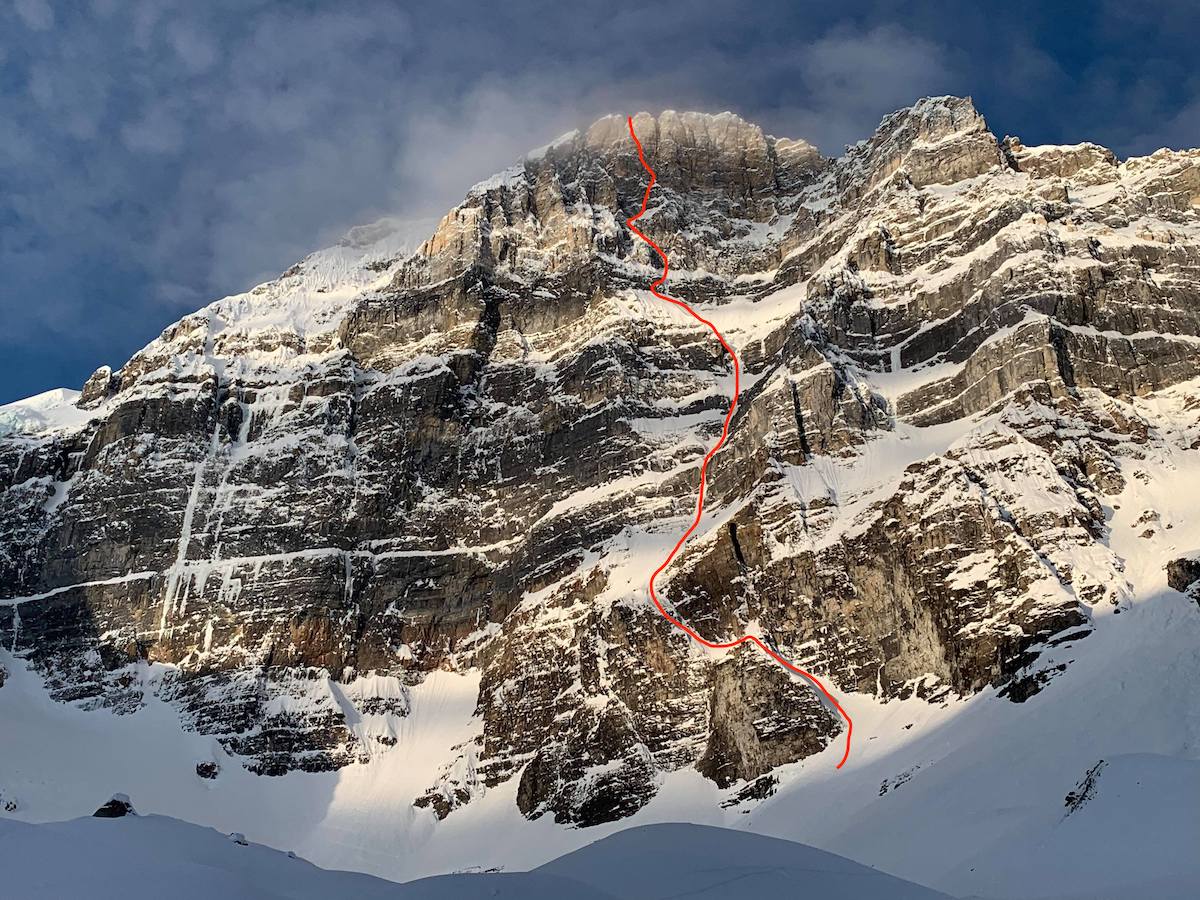

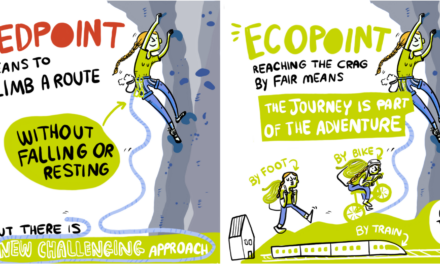
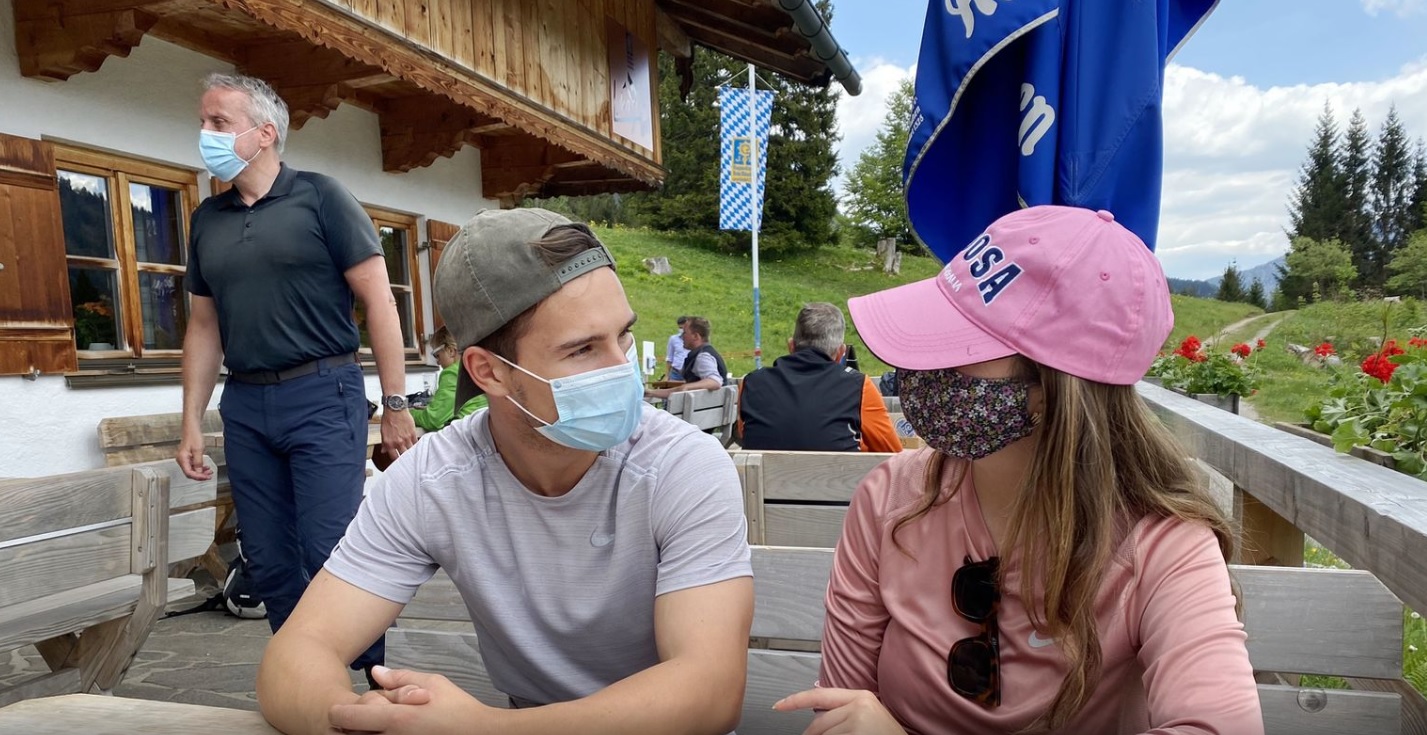


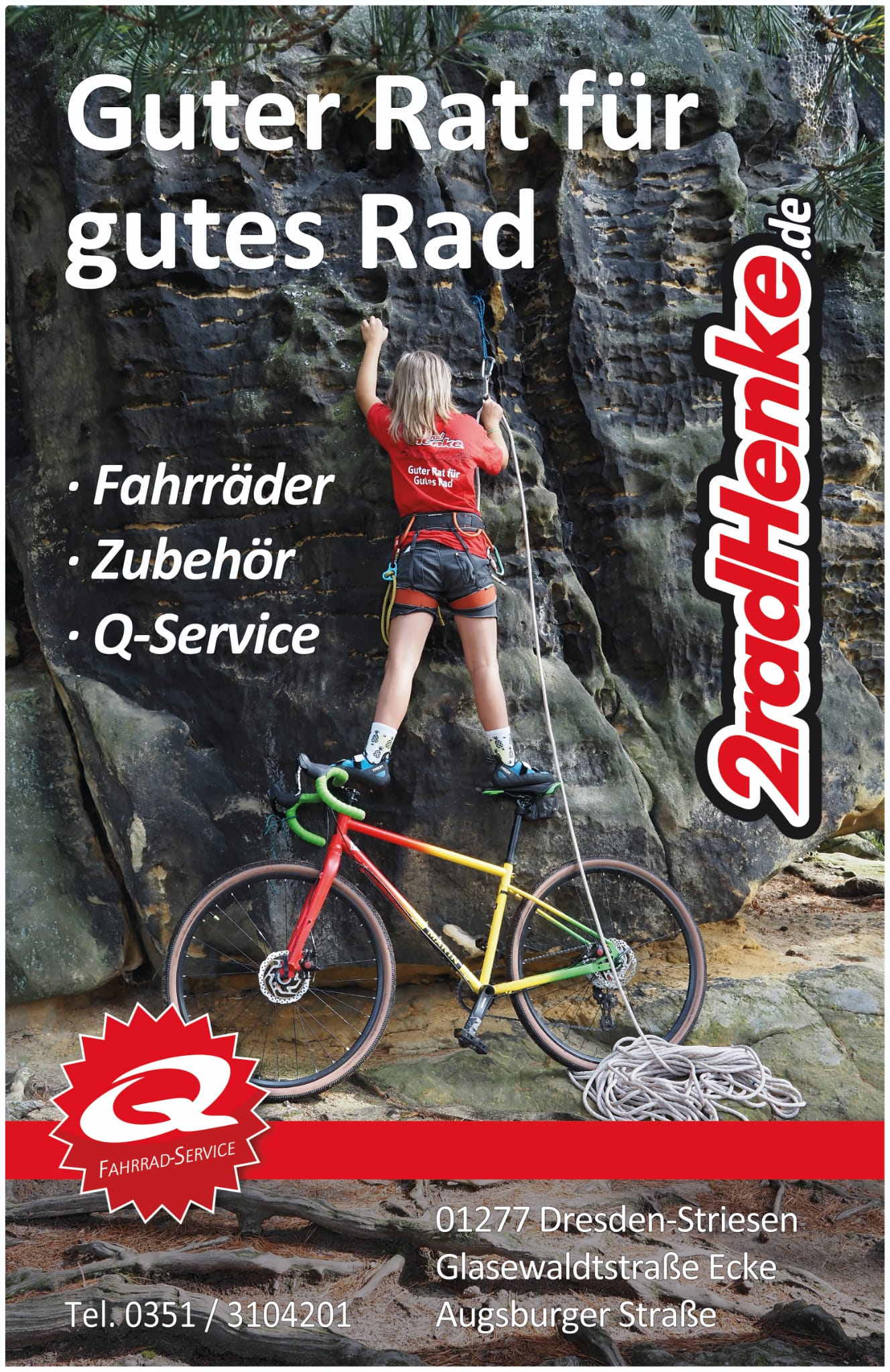
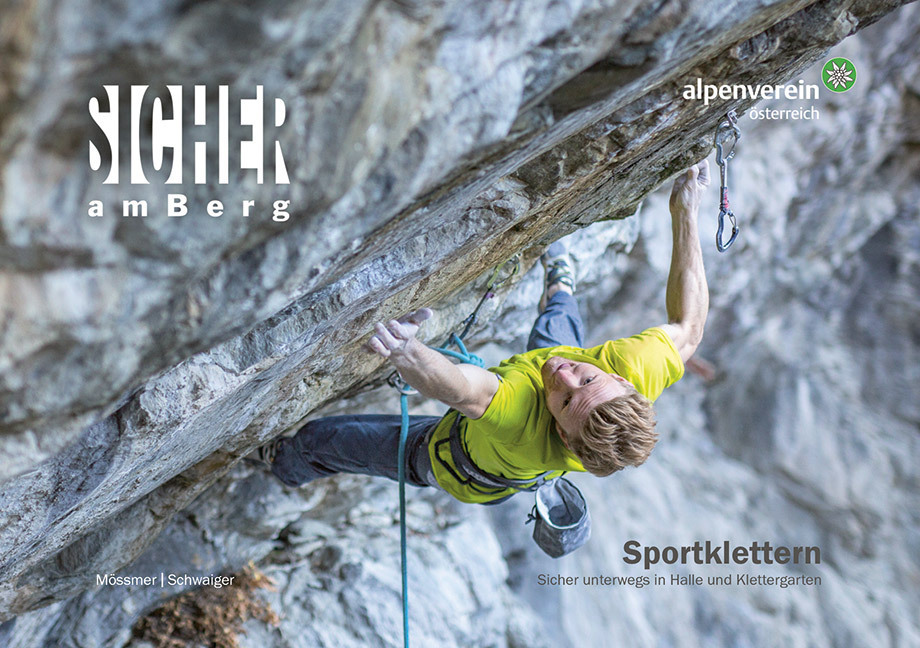
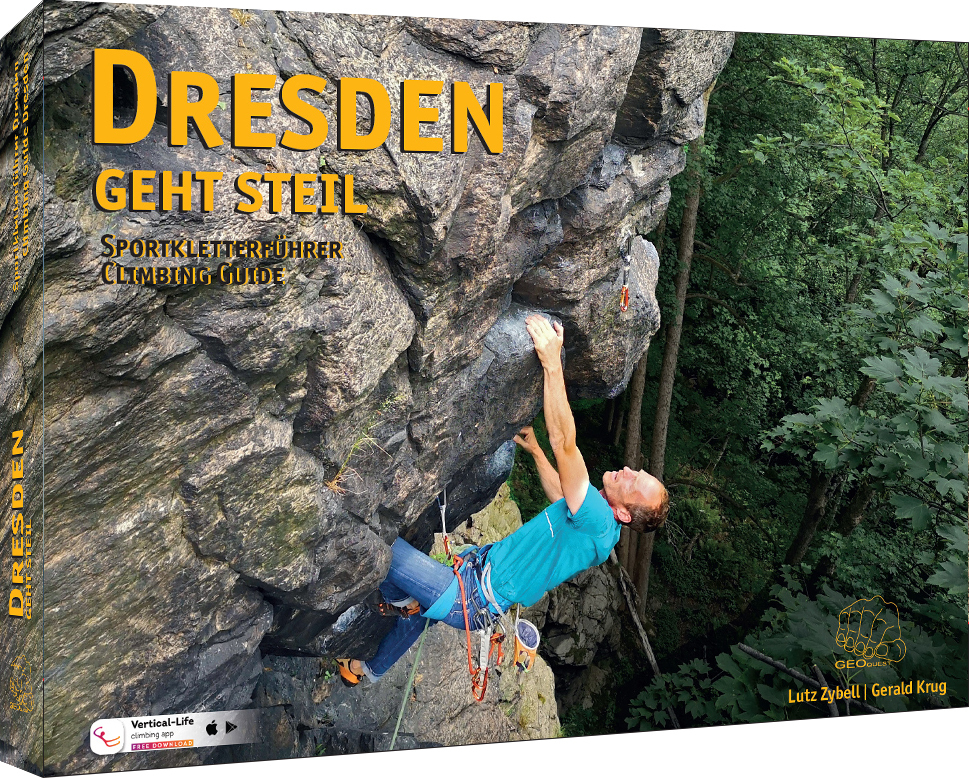
Genau, liebe Helga, weil dein Weltbild nicht zulässt, dass sich Gesellschaften und ihr Blick auf die Geschichte verändern und damit…
Allein die Frage scheint ein perfektes Beispiel eines linksgutmenschlichen Bilderstürmers zu sein. Selbstverständlich sind solche Begriffe nicht rassistisch, sondern die…
Ich reiche hiermit die fehlende Quelle des Direktzitats nach: https://kayakandclimb.blogspot.com/2023/11/free-karma-on-half-dome.html?m=1
Please contact Tobias Wolf via https://kayakandclimb.blogspot.com/ Cheers Gabi
Hi ! well done for the FFA of Charliberté !! I'm looking for a really good picture of this area…